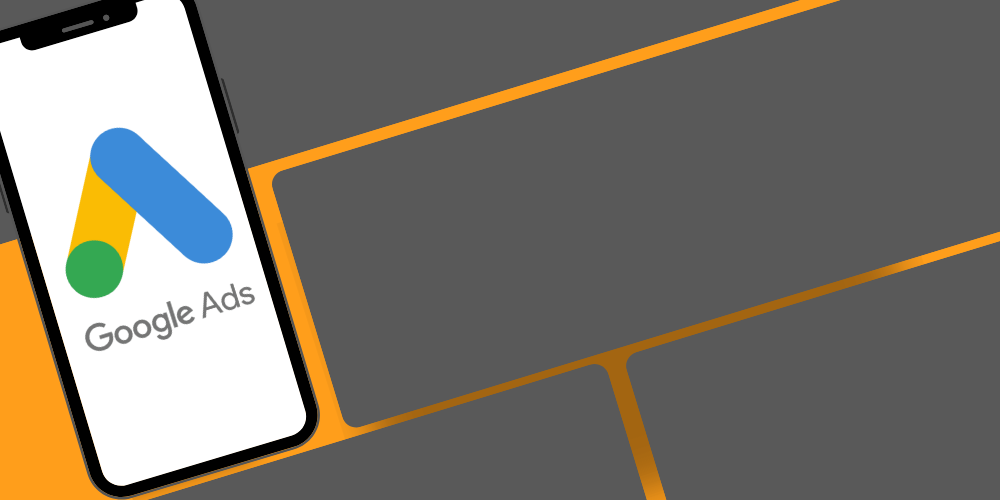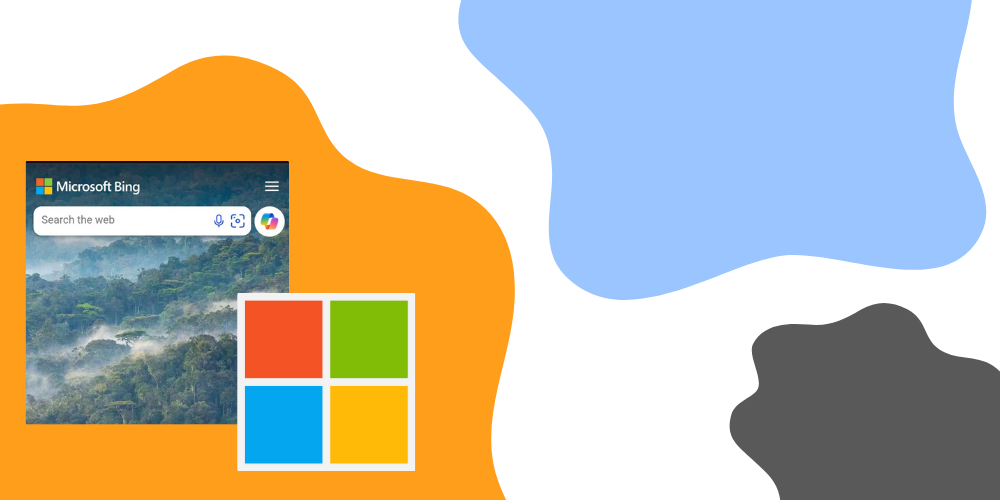Video content has become an essential part of any successful marketing strategy. With the rise of platforms like YouTube and the increasing popularity of video ads, businesses have a unique opportunity to engage and connect with their target audience through video campaigns. In this blog post, we will explore the basics of Google Video Campaigns, how they work, and what they can do for your business.
Understanding Video Campaigns
A video campaign is an advertising strategy that involves promoting your products, services, or brand through video content. It involves creating video ads and delivering them to relevant viewers on various platforms, such as YouTube and partner sites.
Google Video Campaigns, in particular, are managed through Google Ads, which is an online advertising platform that allows businesses to create, manage, and optimise their online advertising campaigns.
Video campaigns on Google Ads give you the ability to showcase your video ads on YouTube and across the web, reaching potential customers wherever they are engaging with video content. For more information on building a Video strategy check out this guide by HubSpot: Trends & Tips to Create a Video Strategy.
How Video Campaigns Work
1. Campaign Setup
To start a video campaign, you first need to set up a campaign in Google Ads. Define your campaign goals, target audience, ad format, and budget.
2. Ad Format
There are different ad formats available within Google Video Campaigns. The most common formats are:
- Skippable in-stream ads: These ads play before, during, or after other YouTube videos. Viewers have the option to skip these ads after 5 seconds, and advertisers only pay when a viewer watches 30 seconds of the ad or engages with it.
- Non Skippable in-stream ads: These ads are designed to show viewers your entire message, and are 15 seconds or less.
Bumper ads: These are short video ads (up to 6 seconds) that play before the main video and cannot be skipped.
3. Targeting
Google Ads provides a variety of targeting options for video campaigns. These include demographic targeting (age, gender, interests), geographic targeting (location), and contextual targeting (keywords, placements).
4. Budgeting and Bidding
Set a daily budget for your video campaign and choose a bidding strategy. The bidding strategy that will be used depends on what you set your goal for the campaign as.
- Sales/leads/traffic – will use either target CPA (setting bids based on the cost per conversion) or maximise conversions (getting the most possible conversions for your budget).
- Product/brand consideration – will use maximum cost per view (CPV)
Brand Awareness and reach – will use cost per thousand impressions (CPM) or maximum cost per view.
5. Monitoring and Optimisation
Once your video campaign is up and running, it’s crucial to monitor its performance regularly. Google Ads provides detailed metrics such as views, impressions, clicks, and engagement to assess the effectiveness of your campaign. Use this data to make necessary optimisations and improvements to drive better results.
6. Conversion Tracking
To understand the impact of your video campaign on your business, it’s essential to set up conversion tracking. This allows you to measure the actions taken by viewers after watching your video, such as website visits or purchases. By tracking conversions, you can determine the return on investment (ROI) of your video campaign. Find out more about conversion tracking in our blog: Marketing 101 – Conversion Tracking and Google Tag Manager.
Benefits of Using Google Video Campaigns
1. Wide Reach
YouTube, being the second-largest search engine after Google, has a massive audience base, with over 2 Billion monthly active users. Google Video Campaigns allow you to tap into this vast audience and reach potential customers on a global scale.
2. Enhanced Targeting
With Google Ads, you have access to advanced targeting options to ensure your video ads are seen by the right people. Targeting based on demographics, location, and interests helps you refine your reach and increase the chances of reaching a receptive audience.
3. Engagement and Interaction
Video ads have the power to engage and captivate viewers in a way that other ad formats often struggle to achieve. With interactive features like call-to-action overlays and end screens, you can encourage viewers to take action directly from the video ad. Google themselves have confirmed that 70% of users have made a purchase after seeing a brand on YouTube.
4. Cost-effectiveness
Google Video Campaigns work on a cost-per-view (CPV), cost per thousand impressions or cost per conversion model, meaning you only pay when someone actually engages with your video ad. This ensures that you’re only spending your advertising budget on viewers who have shown genuine interest in your content.
5. Measurable Results
Google Ads provides a wealth of data and analytics to evaluate the performance of your video campaign. You can track metrics like views, click-through rates, and conversions, allowing you to measure the success of your campaign and make data-driven decisions for future optimisations.
Conclusion
Video campaigns are an integral part of modern marketing strategies. They offer businesses the opportunity to engage with their target audience on platforms like YouTube and deliver their message through captivating video content. With Google Video Campaigns, you have the tools to create, manage, and optimise your video ads to optimise reach, engagement, and conversions. By utilising the benefits of Google Video Campaigns, businesses can effectively showcase their offerings, engage viewers, and drive meaningful results.
To find out more about modern marketing strategies, check out our blog: Predicted Marketing Trends for 2024.




